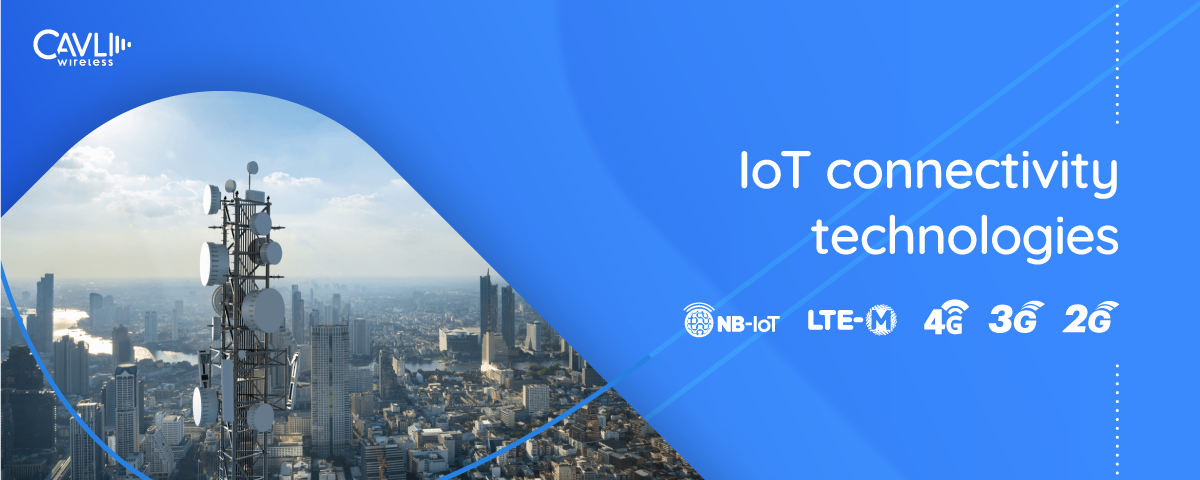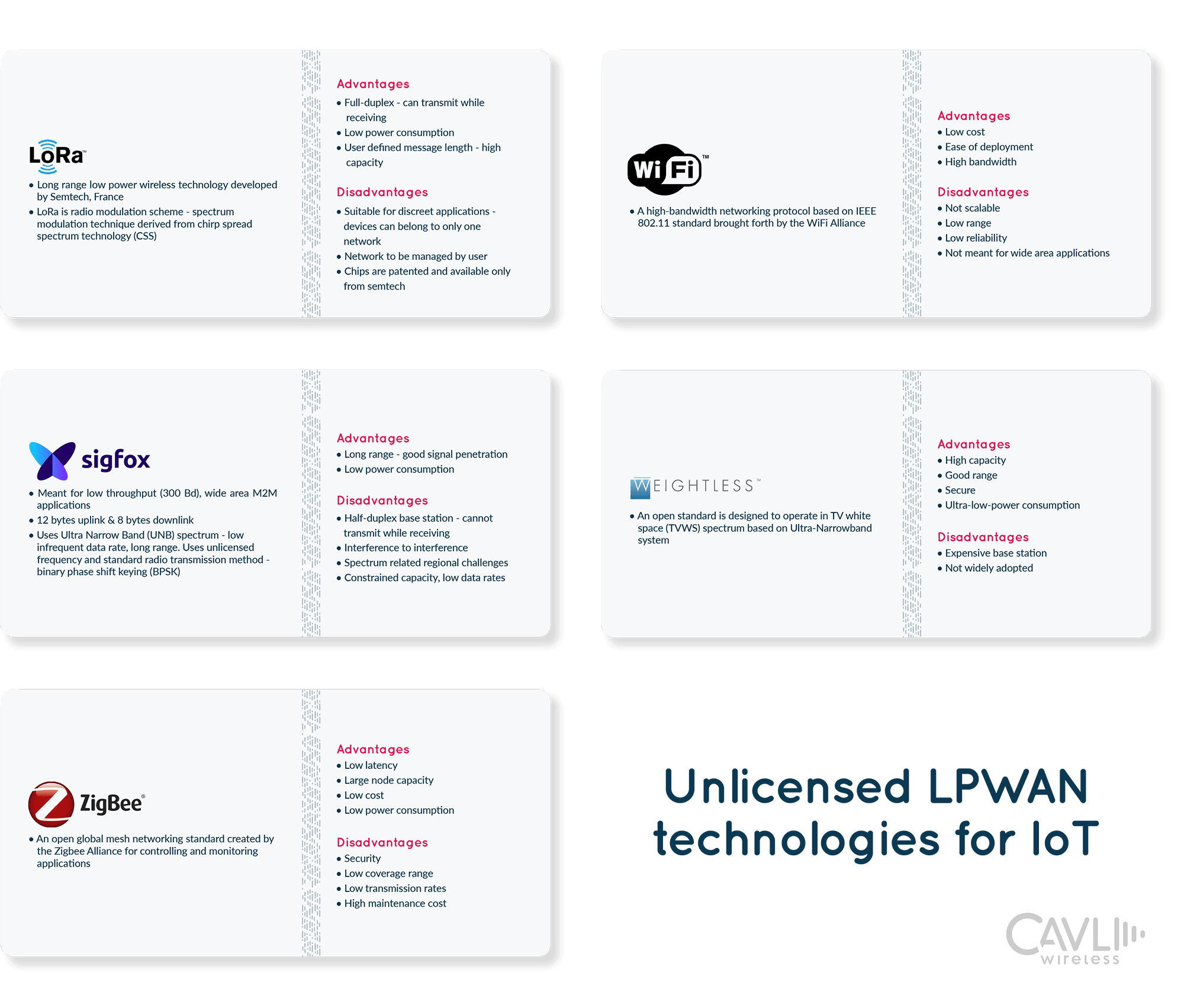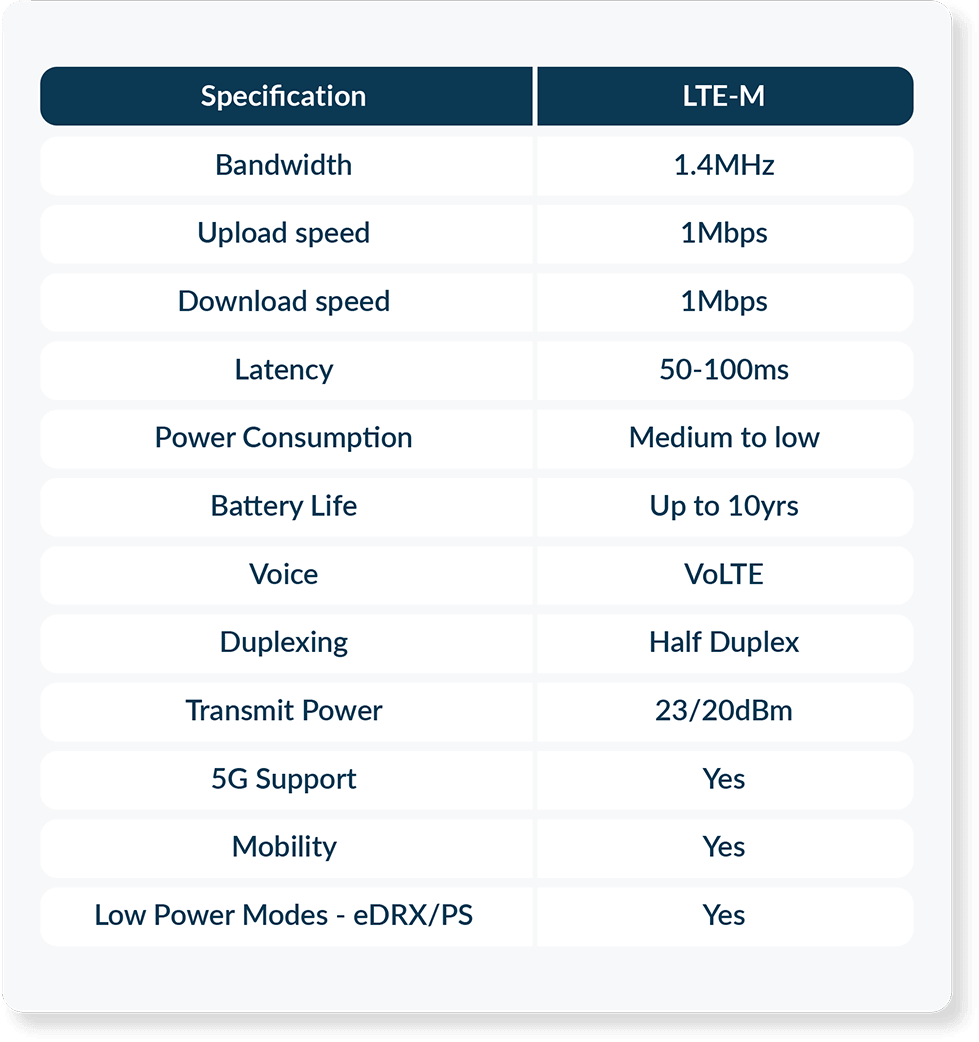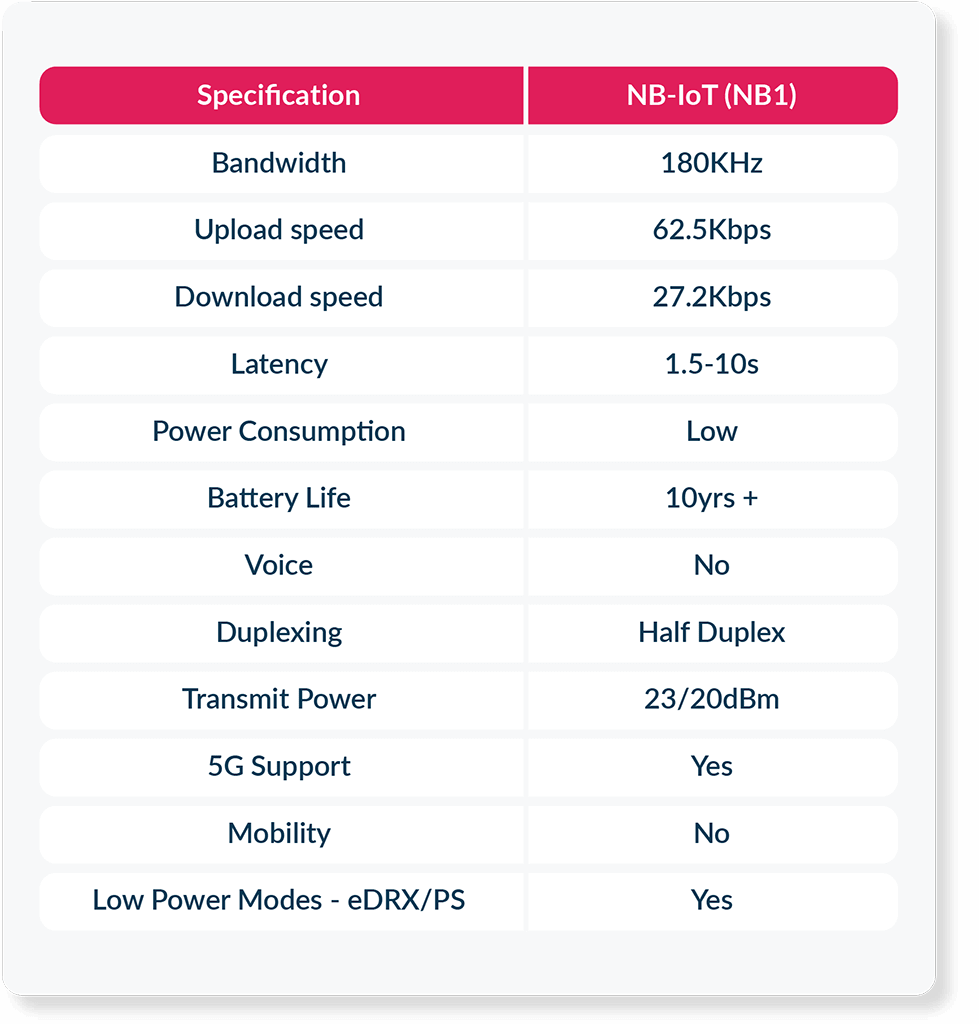Akhil A Zeeb
Co-founder, Director of Global Sales
Cavli Wireless

Internet of Things (IoT) is an ecosystem of connected devices transmitting snippets of data, communicating with each other and the cloud. Business and industries across the world have already embraced IoT as an initiative for digital transformation. When it comes to adopting IoT, connectivity is a critical part of IoT decision making for enterprises.
There are a plethora of connectivity options for IoT devices available today. The success of an IoT project depends on the choice of connectivity option, a poor choice can lead to higher cost and affect scalability. When it comes to connectivity choices the first things that can cross one’s mind is WiFi, Bluetooth, cellular etc. Let’s take a structured look.
The connectivity options for IoT can be broadly categorized into licensed and unlicensed. The licensed technology is deployed and operated by the telecom companies offering standardized connectivity with a wide reach like NB-IoT, LTE-M, 2G, 3G, 4G, 5G etc...The unlicensed or proprietary technologies operate in unlicensed bands and the networks can be set up by non telecom partners but can also be deployed by telecom operators like LoRA, Sigfox, Zigbee etc.
Machine to Machine (M2M) or inter-device communication has been long dominated by radio and non-cellular technologies such as Bluetooth and Wi-Fi, usually meant for short range applications. Cellular or licensed technologies like 2G (GPRS), 3G (UMTS) and 4G (LTE) have been dominant for wide area applications like point of sale (POS), In Vehicle Monitoring Systems (IVMS) etc. though we shall dive into that later. A number of proprietary LPWA technologies have emerged recently like Sigfox, LoRA, Ingenu all of which operate in unlicensed spectrum characterized by lower power and wide area.
Unlicensed spectrum is the part of the electromagnetic spectrum that is not licensed to the users by the regulatory authority of a respective country- in other words it is ‘open for all’. We have all been introduced to technology that works in unlicensed spectrum even before the introduction of LPWAN. Be it toggling between channels using your television remote or using remote keys to lock and unlock your car or controlling your air conditioner using a remote - all these signals work in unlicensed spectrum.
The proprietary technology can be deployed by non telecom players and is usually used for discreet applications. Since the amount of spectrum designated for unlicensed users is limited, the possibility of interference for unlicensed technology is high. The technology is cost effective in terms of connectivity hardware, though it can lack some of the encryption features available for cellular/licensed technology. Here is an overview of of some of the key technologies commonly used today:

We all are aware that the telecom companies use radio frequencies to
establish communication over airwaves. The radio spectrum is the
sovereign asset of every country because of which the companies will
have to license it from the government of the respective country,
usually overseen by the national regulatory authority. Hence the
name licensed technology. Cellular connectivity needs no
introduction for the over 5 billion unique subscribers who rely on
their mobile technology for daily life, work & play. The first
cellular wireless communication standard, 2G, was commercially
released by GSM back in 1991, which revolutionized over the years
with its consequent successors such as 3G, 4G, 4G LTE, and the
latest being 5G. To cater to the low power wide area demands of a
rising number of connected devices, 3GPP in the release 13 standards
specification introduced LPWA (Low Power Wide Area) based in
cellular technology in 2016 - NB-IoT(Narrow Band IoT) and LTE-M
(Long Term Evolution of Machines). All of which operate in the
licensed spectrum and are managed by telecom operators. Since the
launch, the number of networks and connected devices has grown
steadily. Today 154 operators across the world have deployed
cellular LPWA technologies in 123 countries1 with close
to 2Bn devices already connected in this technology. It is estimated
that by the end of 2025, 52% of all cellular IoT devices will be in
NB-IoT and LTE-M 2. These technologies can be deployed in
the same bands as today even after 5G deployment making way for a
smooth evolution.
1: GSA NB-IoT & LTE-M:Global Ecosystem April 2020
2: Ericsson Mobility report June 2020

NB-IoT is a cellular LPWA technology designed for applications with low data rate requirements. It improves power consumption of devices, system capacity and efficiency. The battery life of devices working in this technology can last more than 10 years. The technology meets requirements for wide area coverage in rural and deep indoors making it suitable for massive deployments. The specifications for NB-IoT were released by 3GPP in its release 13 specifications in 2016. Since then the leading telecom operators have rapidly rolled out the network across the globe. As of April 2020, 109 operators in 58 countries have deployed NB-IoT1 . The deployment of this technology is quite flexible as it can operate in the 2G, 3G and 4G bands. NB-IoT is generally prefered for stationary applications, this is because once an Nb-IoT device device joins a base station, it will need to reattach itself to a new tower when moved. But it provides excellent penetration with lengthy battery life. It is suitable for applications that require infrequent communication like utility metering and other smart city applications, agricultural IoT solutions etc.
LTE-M, is the industry term for LTE- MTC (Machine Type Communication). It is the cellular low power wide area technology standard published by 3GPP in the Release 13 specification along with NB-IoT. It provides excellent battery life for the devices along with extended coverage while reusing the installed LTE base. As of April 2020, 45 telecom operators have commercially launched LTE-M networks with network availability in 32 countries and more operators in trial mode1. LTE-M has higher data rates (up to 1Mbps) and lower latency compared to NB-IoT which makes it more appropriate for applications that require real time data transmission. It supports voice via Voice-over-LTE (VoLTE) unlike NB-IoT. LTE-M has the ability to manage handover between cell towers for mobile applications without the need to establish a new connection, just like LTE - hence it is more suitable for mobile applications like asset tracking, vehicle monitoring, wearables, logistics etc.

With over 10 billion devices deployed around the world by 2020 and
at a CAGR rate of 30%, the total deployed IoT devices is expected to
reach 22 billion by 20253. Connecting these many devices
across the globe would require stable and secure connectivity
services; this will be led by LPWAN connectivity - both cellular and
non-cellular, due to its lower power consumption and highly secure
nature, while being scalable into the counts of billions. LTE-M
& NB-IoT will flourish with the advent of 5G networks and
massive IoT deployments which will help further push down the cost
per device and In scenarios with lower device density, non-cellular
networks will co-exist with cellular networks to provide IoT
connectivity in every nook and corner of the world - thus paving the
way for worldwide IoT connectivity.
[3]
https://iot-analytics.com/state-of-the-iot-update-q1-q2-2018-number-of-iot-devices-now-7b/
Cavli Wireless offers industry grade eSIM integrated cellular IoT connectivity and compute modules named C-Series and P-Series respectively. Our portfolio of modules are designed and tested to meet the highest standards. Our vision to simplify the IoT value chain is reinforced by the eSIMs inside modules which are preloaded with global cellular LPWAN connectivity. The connectivity can be easily subscribed to and managed through our connectivity and device management platform - Cavli Hubble, based on your region of deployment.